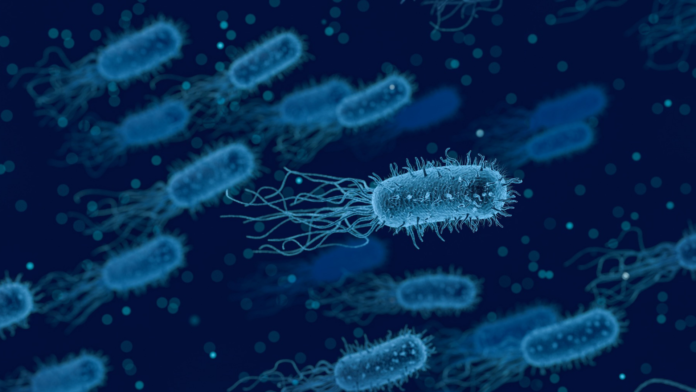By 2050, experts warn that the worldwide death toll from antibiotic resistance will have reached 10 million. Although global efforts are underway to stem the tide of resistance by changing prescription practices and developing new treatments, progress has been slow.
But now, physicists at McMaster University have identified in new detail how certain classes of bacteria fend off antibiotics by studying the mechanisms of resistance to the antibiotic polymyxin B (PmB).
“If you take the bacterial cell and add this drug, holes will form in the cell wall, acting like a hole-puncher, and killing the cell,” explains Adree Khondker, a health sciences undergraduate student and first author on the study.
Until recently, PmB was seen as the strongest drug of its kind, a last line of defence against urinary tract infections, meningitis, blood and eye infections. But in 2016, scientists discovered a gene that allows bacteria to become resistant. In an effort to design better antibiotics, the researchers set about studying the mechanism behind this resistance.
Using techniques typically used by physicists for materials research, Khondker and colleagues were able to capture images of the bacterial membrane and simulate the antibiotic’s action.
This showed that when the antibiotic is working properly, the positively charged drug is attracted to the negatively charged bacteria. However, when the bacteria become resistant the charge is weaker, making it less attractive to the drug. To make things even more challenging for the drug, the membrane also becomes more rigid, making it harder to punch through.
“There has been a lot of speculation about this mechanism. But for the first time we can prove the membrane is more rigid and the process is slowed,” says Maikel Rheinstädter, a professor in the Department of Physics and Astronomy at McMaster and lead author of the study.
By understanding this basic mechanism in new detail, researchers are now better equipped to tackle and predict resistance, ultimately helping the design of better, more effective drugs to fight infection.








































